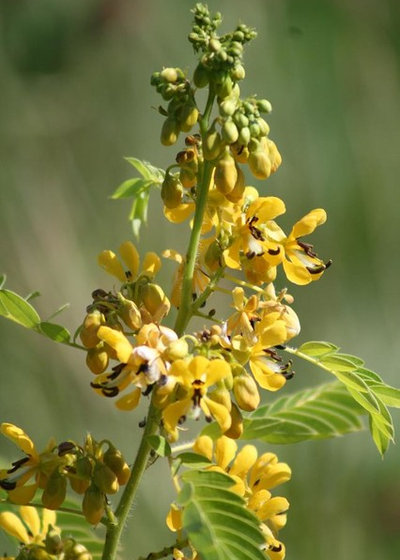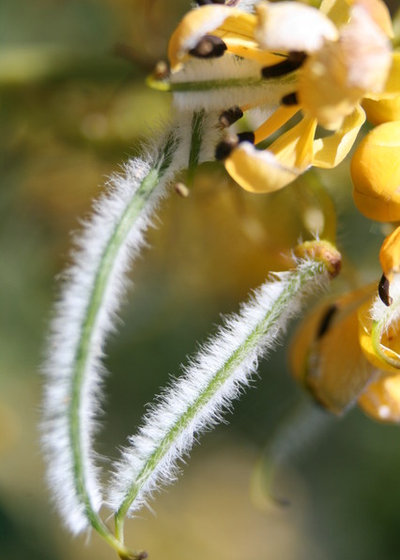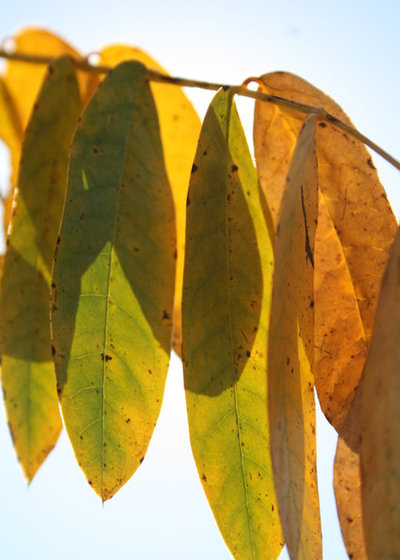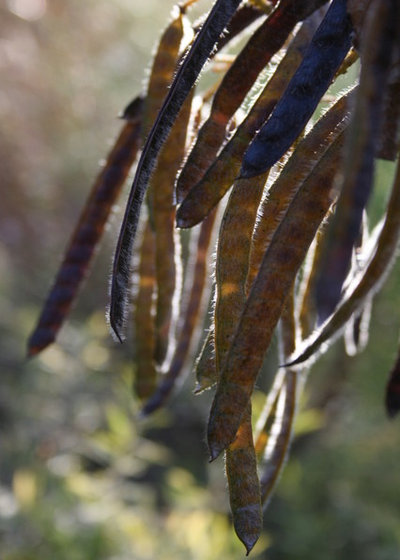American senna (
Senna hebecarpa) always stops people in their tracks, primarily with its fanning oval leaves that resemble sensitive plant (
Mimosa pudica). With flowers that go on and on for weeks, American senna also stops docile and stingerless male bumblebees in their tracks, who love the pollen and nectar of its pea-like yellow blooms.

Benjamin Vogt / Monarch Gardens
Botanical name: Senna hebecarpaCommon names: American senna, wild senna
Origin: Native from Wisconsin and Illinois east to southern New England and south to Georgia and Tennessee
USDA zones: 4 to 8 (find your zone)
Water and soil requirements: Medium to moist clay and loam
Light requirement: Full to partial sun
Mature size: 4 to 6 feet tall and 3 to 5 feet wide, with a shrub-like habit
Benefits and tolerances: Easy perennial; prevents soil erosion; attracts native bees; has rain garden potential
Seasonal interest: Good four-week or more bloom period in mid to late summer; adds winter interest due to ornamental seedpods
When to plant: Spring to fall

Benjamin Vogt / Monarch Gardens
Distinguishing traits. Although senna's unique fanning leaves will stand out in your garden, watching the flowers develop into seedpods is the fun part. Once it's pollinated, furry white tongues protrude and develop into the ornamental seeds favored by birds in winter. The fall color can be distinct, if short lived.

Benjamin Vogt / Monarch Gardens
How to use it. American senna shines at the center of a mixed border or in the back of a short bed. Consider using it as a perennial hedge, since its horizontal root structure makes it very wind tolerant. Many species of sulphur butterfly lay their eggs on it.

Benjamin Vogt / Monarch Gardens
Planting notes. American senna prefers a soil with consistent moisture, so stay away from dry clay or sand. Make sure you place it where you can see the fall seed heads and observe the translucent seeds developing inside. American senna lightly self-sows in bare soil, but the seedlings are easy to remove and gift to neighbors.
More flowers to attract birds, bees and butterflies





